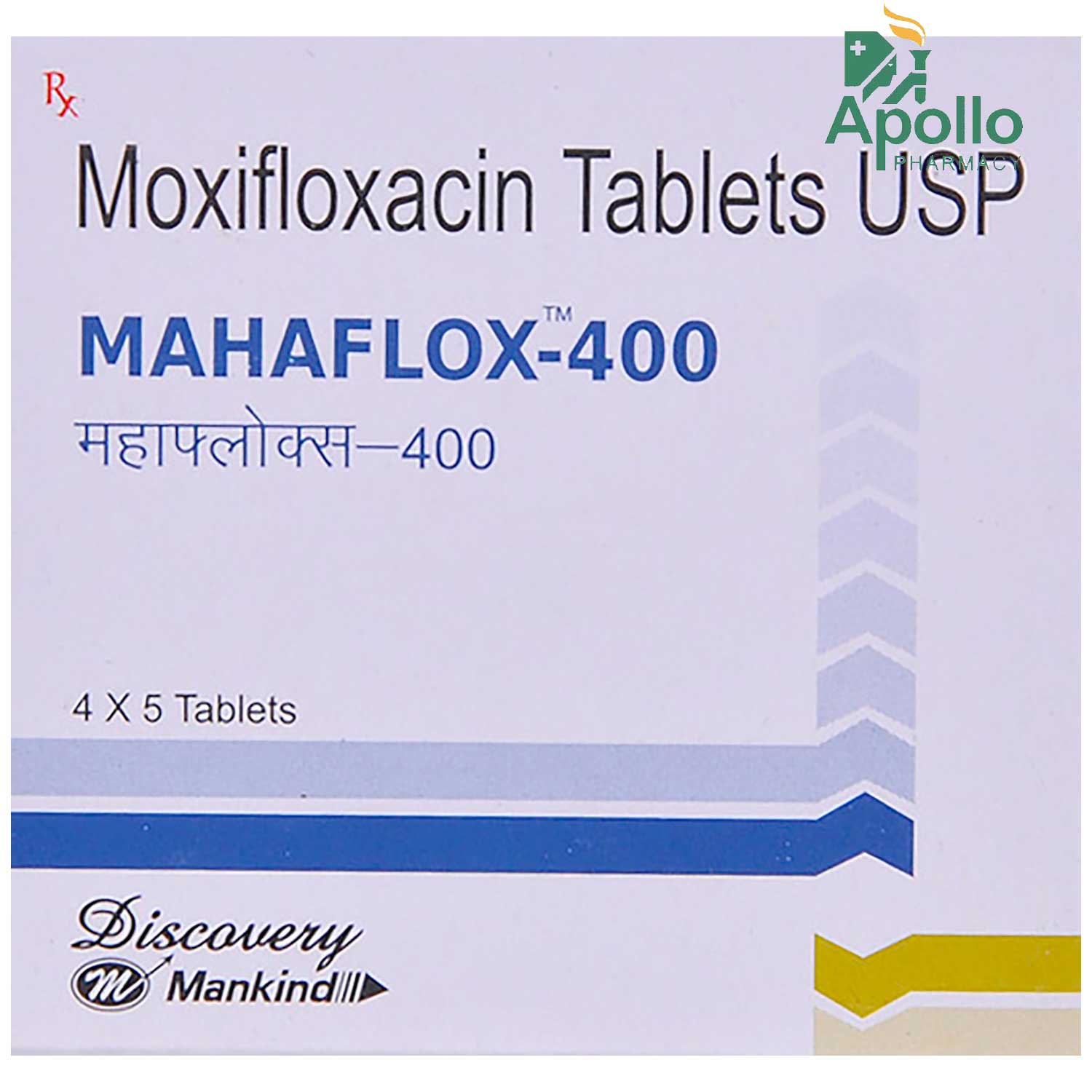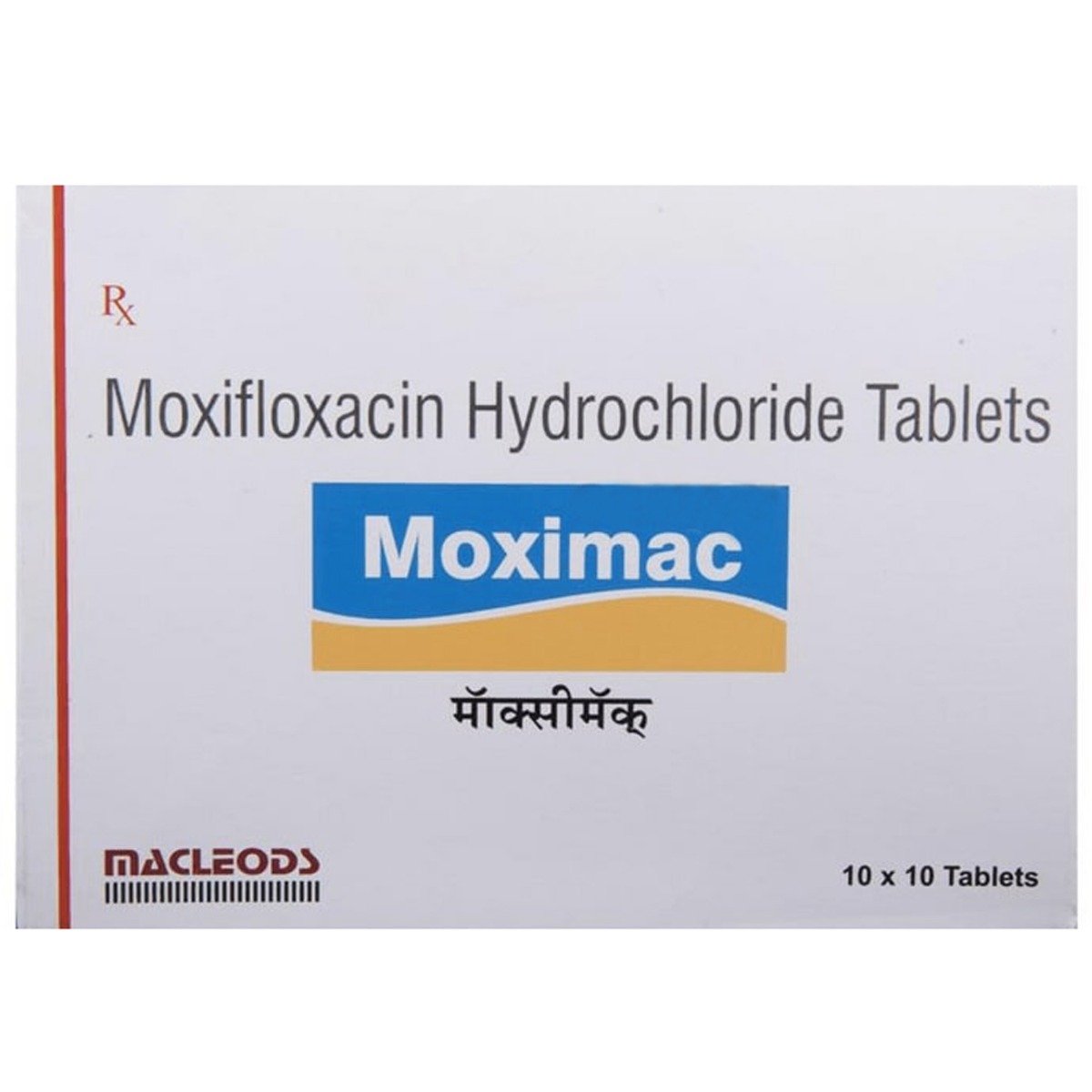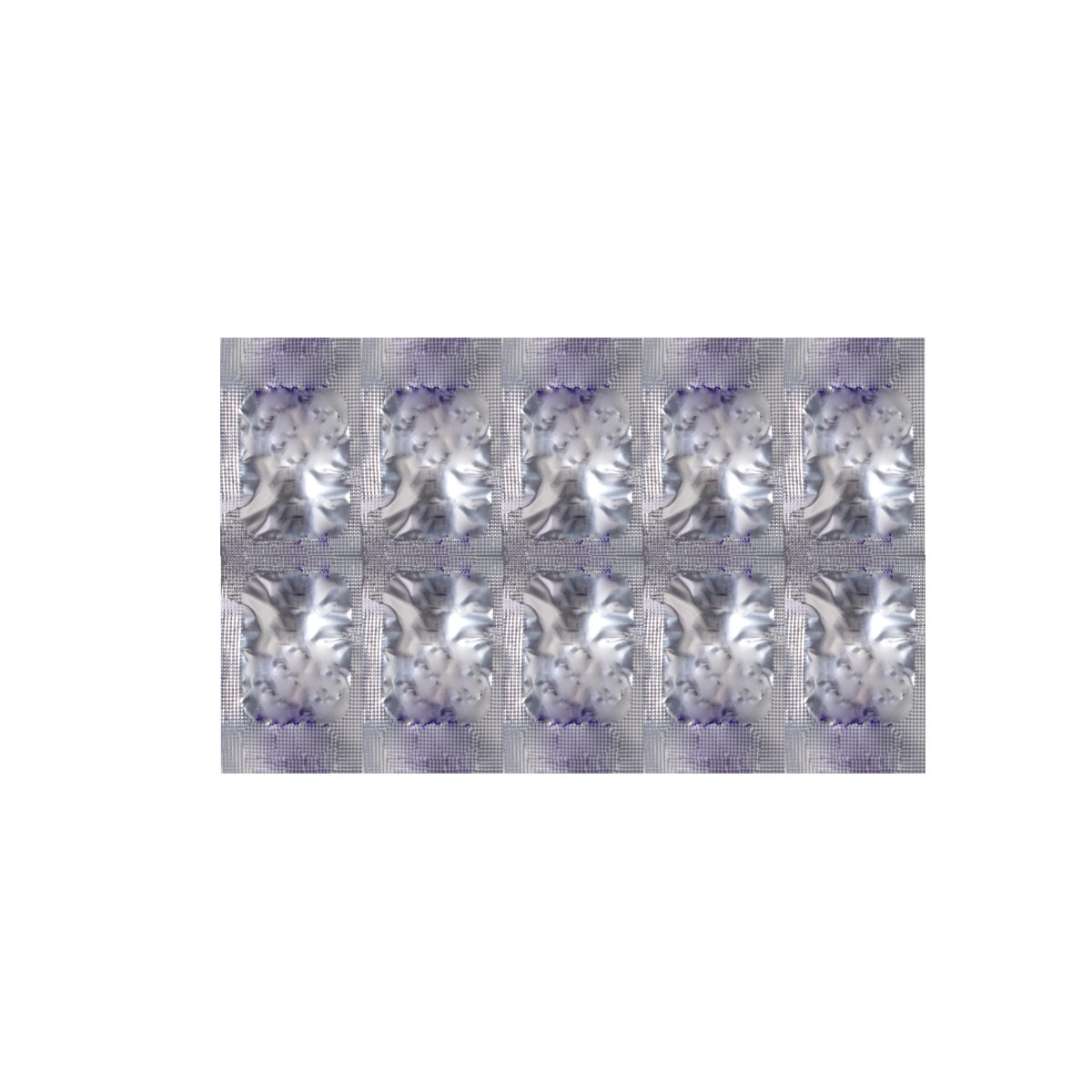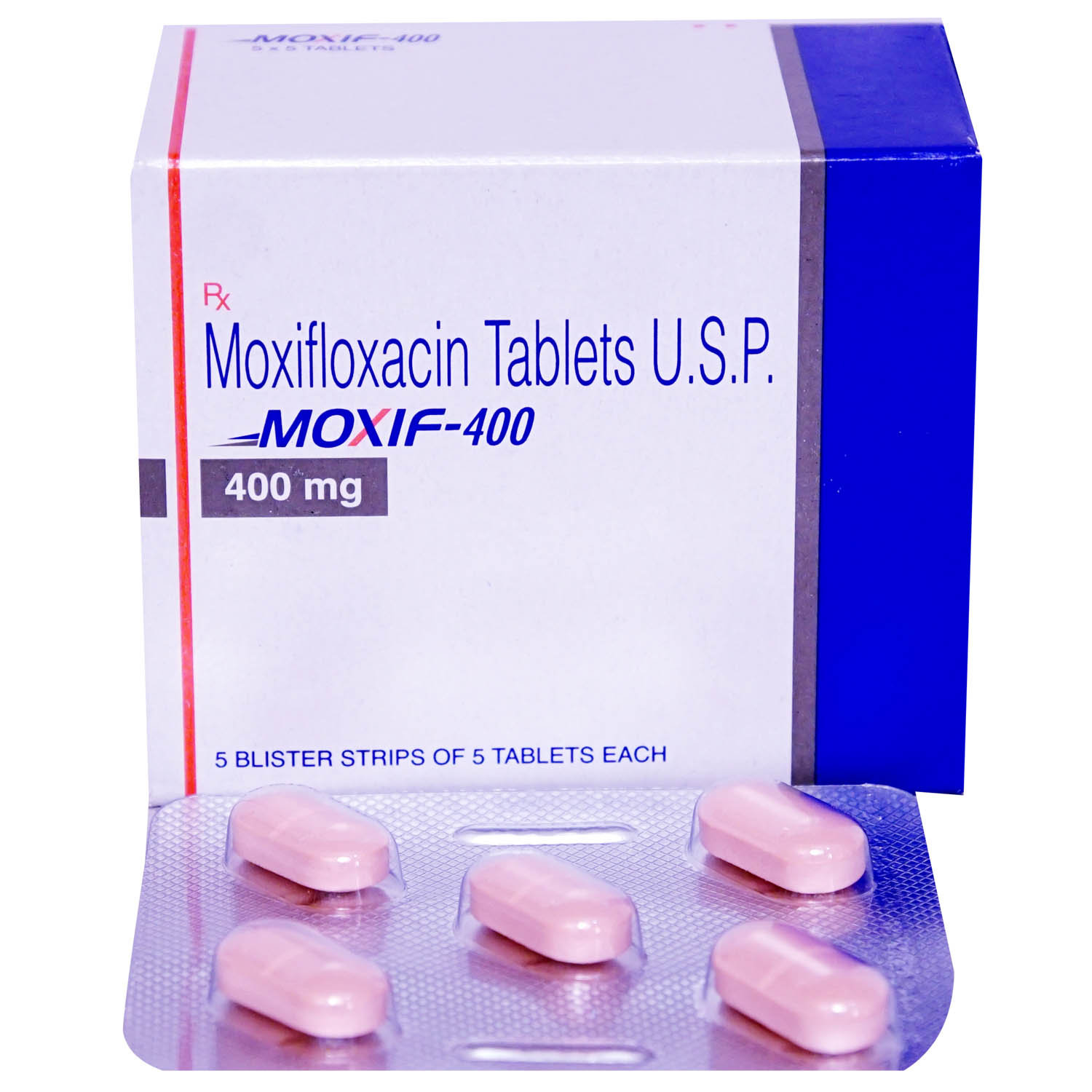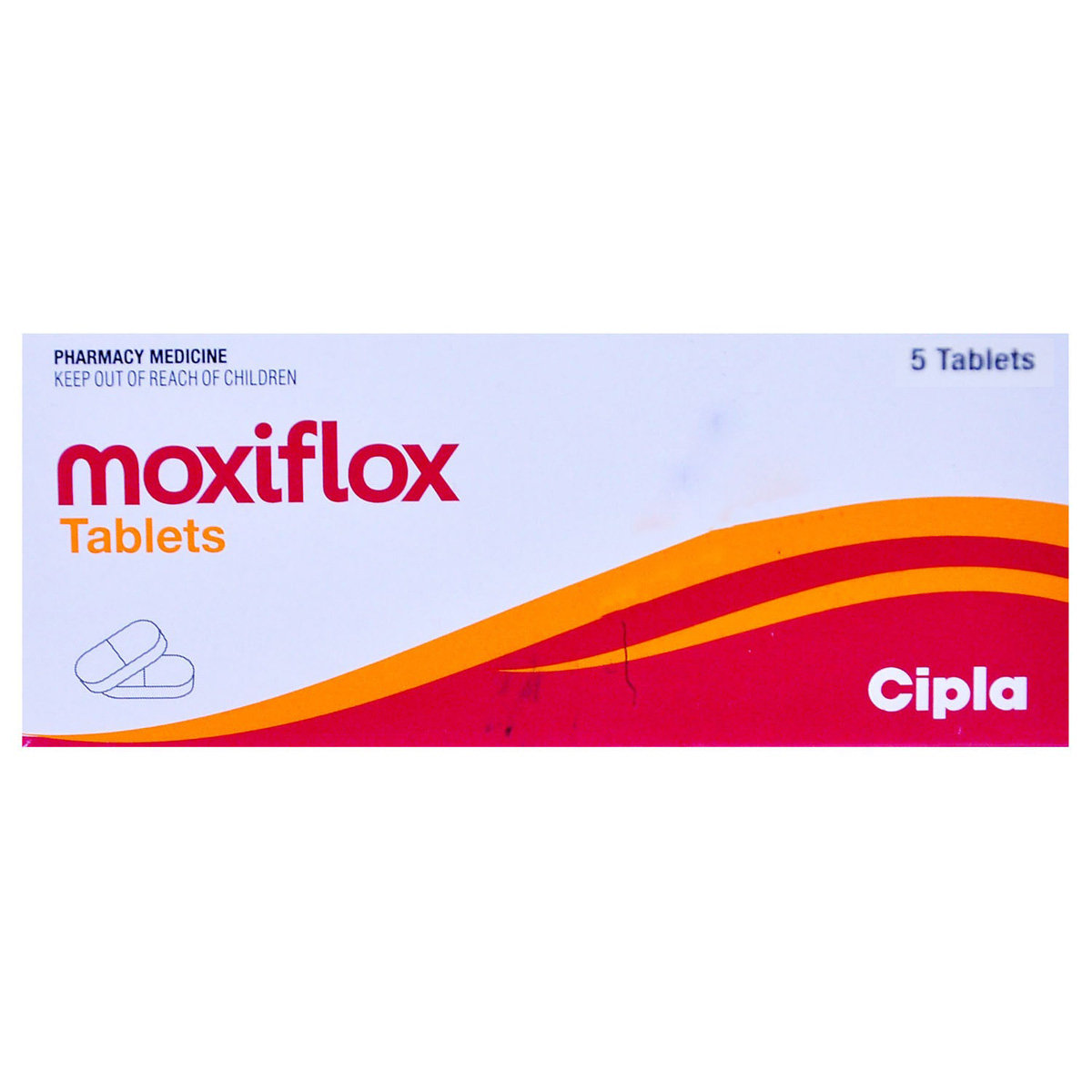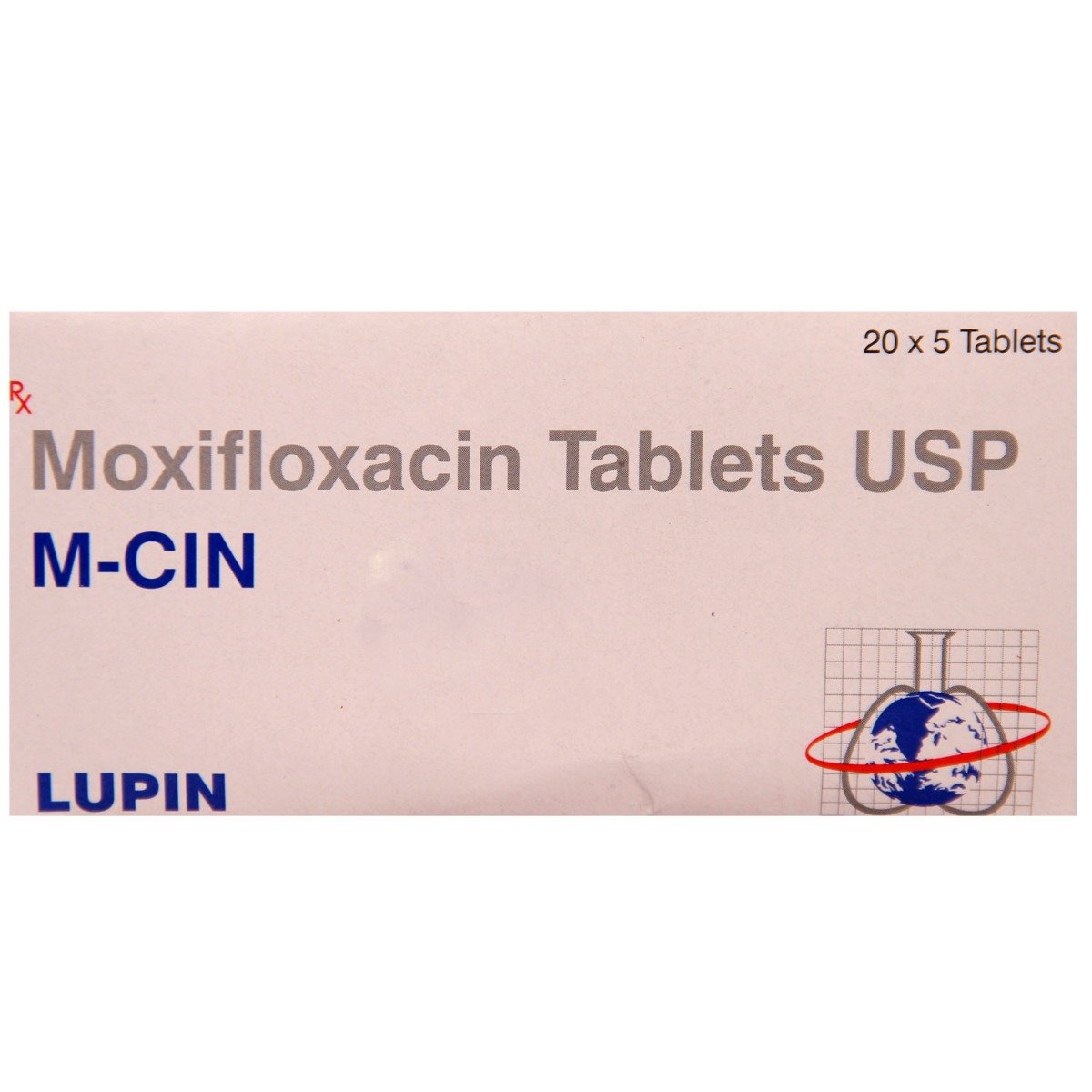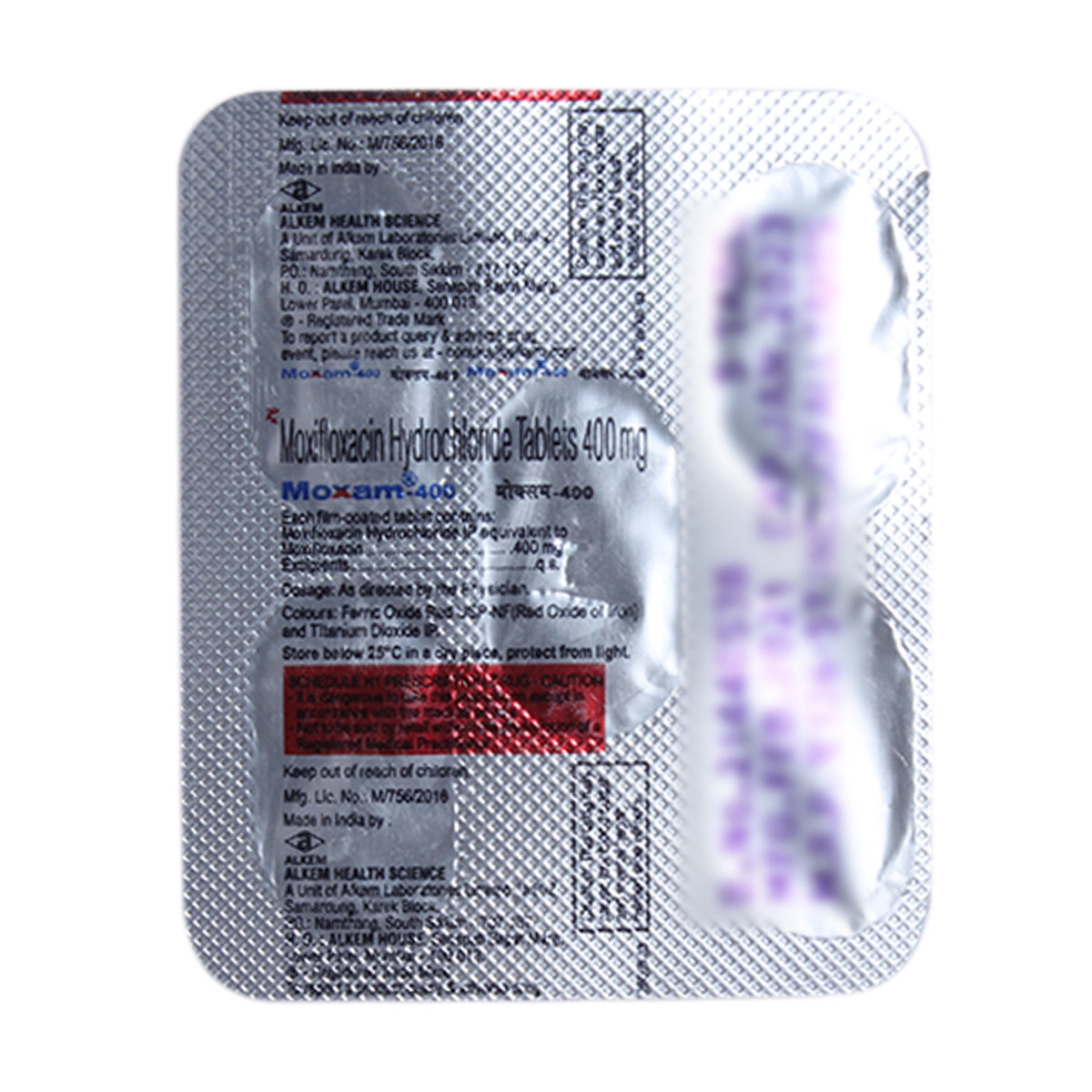Moxicip Tablet
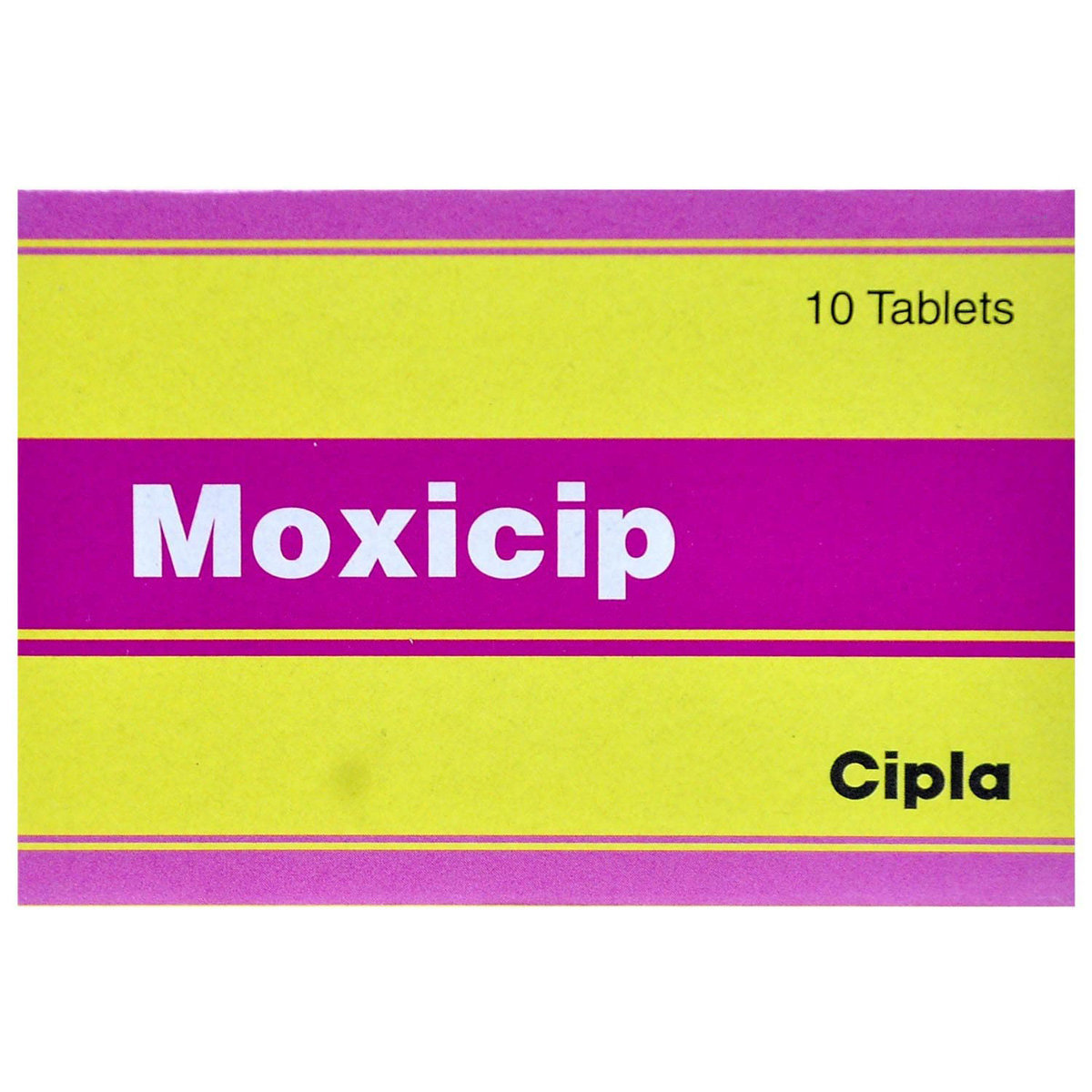
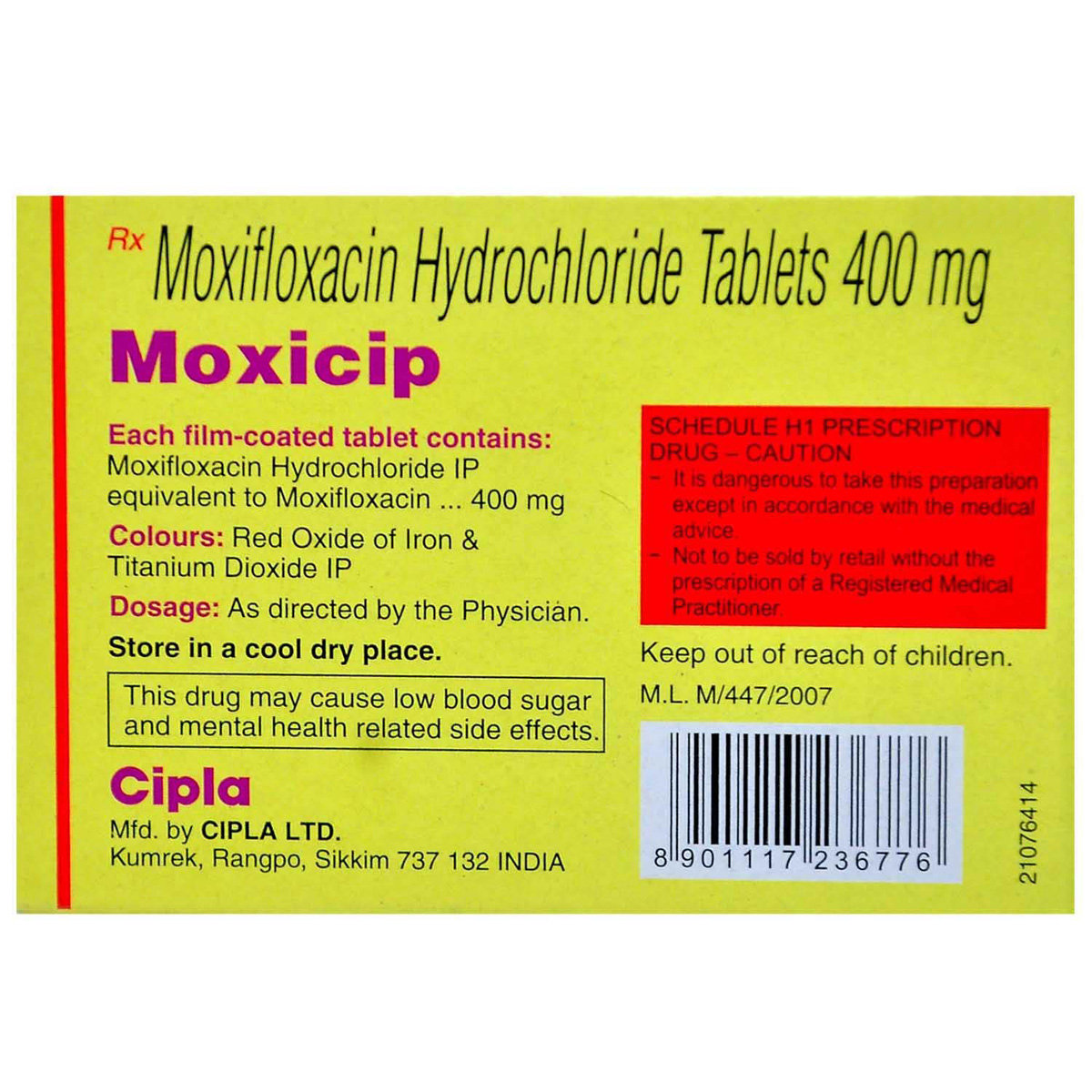

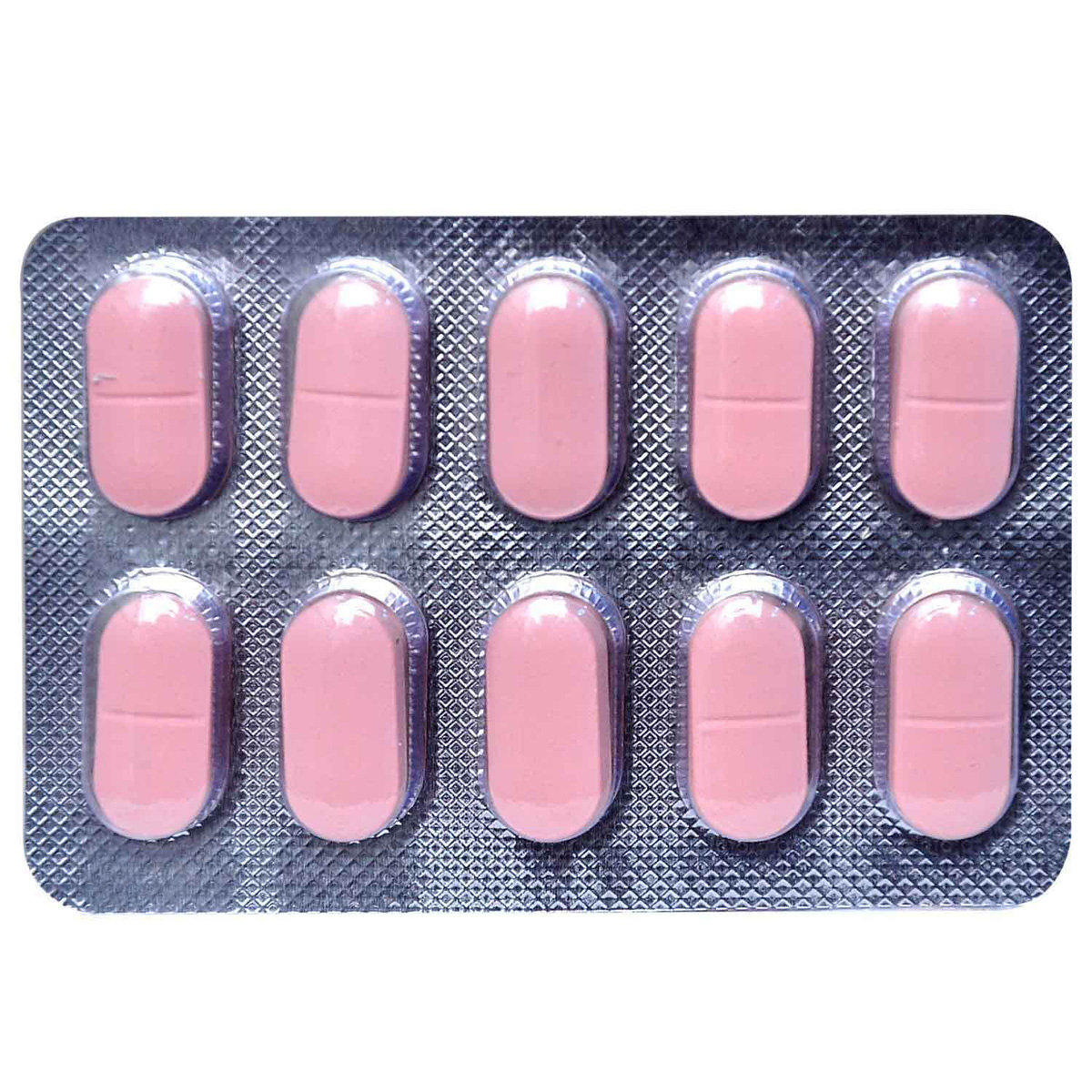
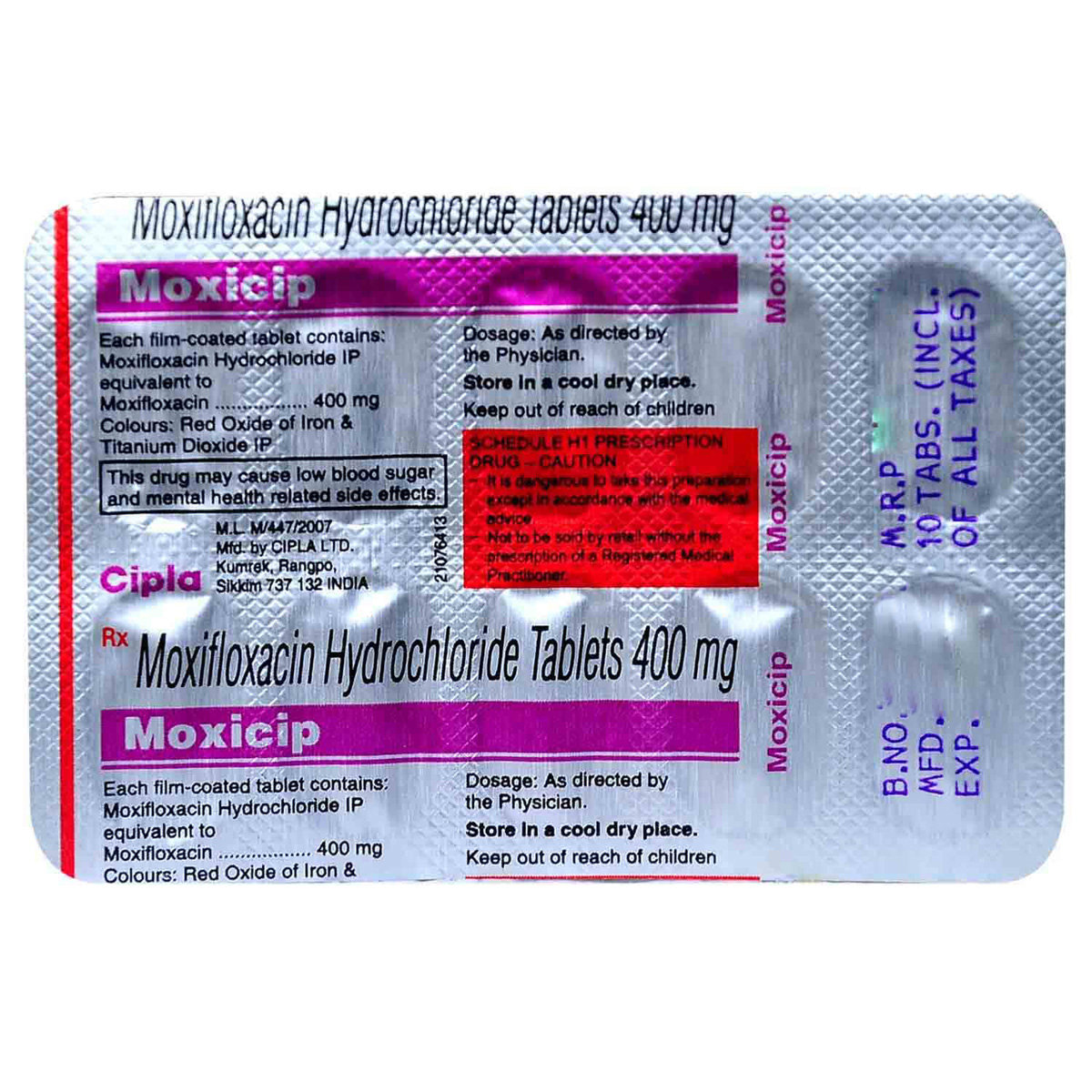
MRP ₹271
(Inclusive of all Taxes)
₹40.6 Cashback (15%)
know your delivery time
Provide Delivery Location
Composition :
Manufacturer/Marketer :
Consume Type :
Expires on or after :
Return Policy :
NPPA :

Secure Payment

Trusted by 8 Crore Indians

Genuine Products
Therapeutic Class
Country of origin
Manufacturer/Marketer address
Disclaimer
Alcohol
Safe if prescribed
It is not known how the Moxicip Tablet is affected by alcohol consumption; please consult your doctor for more information.
Pregnancy
Consult your doctor
Moxicip Tablet is not recommended during pregnancy. If you are pregnant, think you may be pregnant or are planning to have a baby, ask your doctor for advice before starting Moxicip Tablet .
Breast Feeding
Consult your doctor
If you are a breastfeeding mother, please seek medical advice before starting Moxicip Tablet .
Driving
Safe if prescribed
Moxicip Tablet may make you feel dizzy or light-headed, you may experience a sudden blurry vision. If you experience any of these, do not drive or operate machinery.
Liver
Consult your doctor
Moxicip Tablet to be taken with caution if you have a history of liver diseases/conditions.
Kidney
Consult your doctor
Moxicip Tablet to be taken with caution if you have a history of kidney diseases/conditions.
Children
Safe if prescribed
Moxicip Tablet is not recommended for children and adolescents under the age of 18 because efficacy and safety have not been established for this age group.
Product Substitutes
About Moxicip Tablet
Moxicip Tablet belongs to the class of 'antibiotics', primarily taken to treat bacterial infections. A bacterial infection is a condition in which bacteria grow in the body and cause infection. It can target any body part and multiple very quickly.
Moxicip Tablet contains Moxifloxacin, which acts as a bactericidal agent that kills bacteria causing a wide range of infections. It works by stopping a bacteria's ability to copy their genetic material (DNA) which ultimately kills bacteria and stops them from reproducing.
Moxicip Tablet should be taken in the dose and duration as advised by your doctor. It is advised to take with food and should be taken at a fixed time to achieve maximum effect. In some cases, you may experience common side effects like nausea, vomiting, stomach pain, loss of appetite, dizziness, and headache. Most of these side effects do not require medical attention and gradually resolve over time. However, if the side effects are persistent, reach out to your doctor.
It is not advisable to stop this medicine suddenly to avoid unpleasant side effects. Inform your doctor if you have any lung disease, muscle weakness (myasthenia gravis), sleeping disorder or difficulty in sleeping (sleep apnoea), severe liver disease, or problem with alcohol or other prescription recreational drugs. Inform your doctor if you are planning to get pregnant, are pregnant or breastfeeding. Moxicip Tablet may cause dizziness affecting your ability to drive; hence, drive only when you are alert. Avoid alcohol consumption since it may lead to increased dizziness.
Uses of Moxicip Tablet
Medicinal Benefits Mweb
Key Benefits
Moxicip Tablet is a bactericidal agent that kills bacteria, causing a wide range of infections. It works by stopping a bacteria's ability to copy their genetic material (DNA) which ultimately kills bacteria and prevents them from reproducing which treats your infection. It is a broad-spectrum antibiotic effective against a wide range of gram-positive, gram-negative, and anaerobic bacteria (that live without oxygen).
Directions for Use
Side Effects of Moxicip Tablet
- Nausea
- Vomiting
- Stomach pain
- Loss of appetite
- Dizziness
- Headache
Drug Warnings
Moxicip Tablet should be taken with caution if you are allergic to any antibiotics or moxifloxacin. Let your doctor know if you have tendon/bone problems, heart problems, high blood pressure, diabetes, myasthenia gravis, liver or kidney diseases before starting Moxicip Tablet . Moxicip Tablet is not recommended during pregnancy. Inform your doctor in advance if you are a breastfeeding mother before starting Moxicip Tablet . Moxicip Tablet may cause dizziness affecting your ability to drive; hence, drive only when you are alert. Avoid alcohol consumption since it may lead to increased dizziness. Moxicip Tablet is not recommended for children and adolescents under the age of 18.
Drug-Drug Interactions
Drug-Drug Interactions
Login/Sign Up
Using Moxicip Tablet with Ziprasidone can increase the risk of irregular heart rhythm.
How to manage the interaction:
Taking Moxicip Tablet with Ziprasidone is not recommended as it can lead to an interaction; it can be taken together if prescribed by a doctor. However, consult your doctor if you experience sudden dizziness, lightheadedness, fainting, shortness of breath. Do not discontinue any medications without consulting a doctor.
Taking Amiodarone and Moxicip Tablet may significantly raise the risk of an abnormal heart rhythm.
How to manage the interaction:
Taking Amiodarone and Moxicip Tablet is not recommended as it can lead to an interaction; it can be taken if advised by a doctor. If you get dizziness, or fast or racing heartbeats, consult a doctor. Do not stop taking any medications without visiting a doctor.
Using quinidine together with Moxicip Tablet can increase the risk of an irregular heart rhythm.
How to manage the interaction:
Taking Moxicip Tablet with Quinidine can cause an interaction, consult a doctor before taking it. You should seek immediate medical attention if you develop sudden dizziness, lightheadedness, fainting, or fast or pounding heartbeats. Do not stop using any medications without talking to a doctor.
Using procainamide together with Moxicip Tablet can increase the risk of an irregular heart rhythm.
How to manage the interaction:
Taking Moxicip Tablet with Procainamide can cause an interaction, consult a doctor before taking it. You should seek immediate medical attention if you develop sudden dizziness, lightheadedness, fainting, or fast or pounding heartbeats. Do not stop using any medications without talking to a doctor.
Using Halofantrine together with Moxicip Tablet can increase the risk of an irregular heart rhythm.
How to manage the interaction:
Taking Moxicip Tablet with Halofantrine is not recommended as it can lead to an interaction; it can be taken if advised by your doctor. You should seek immediate medical attention if you develop sudden dizziness, lightheadedness, fainting, shortness of breath, or heart palpitations.
Using dronedarone together with Moxicip Tablet can increase the risk of an irregular heart rhythm.
How to manage the interaction:
Taking Moxicip Tablet with Dronedarone is not recommended as it can lead to an interaction; it can be taken if advised by your doctor. You should seek immediate medical attention if you develop sudden dizziness, lightheadedness, fainting, shortness of breath, or heart palpitations.
Combining Moxicip Tablet with Sotalol can increase the risk or severity of irregular heart rhythms which can be severe. The risk increases in patients with a history of heart illness or electrolyte imbalance.
How to manage the interaction:
Taking Sotalol with Moxicip Tablet is not recommended as it can result in an interaction, it can be taken if a doctor has advised it. However, if you experience sudden dizziness, lightheadedness, fainting, or fast or pounding heartbeats, contact a doctor immediately. Do not discontinue any medications without consulting a doctor.
Coadministration of Moxicip Tablet with Bepridil may increase the risk of an irregular heart rhythm.
How to manage the interaction:
Taking Moxicip Tablet with Bepridil is not recommended, please consult a doctor before taking it. Call a doctor if you experience dizziness, shortness of breath, or irregular heartbeat. Do not stop using any medications without talking to a doctor.
Using Disopyramide together with Moxicip Tablet can increase the risk of an irregular heart rhythm.
How to manage the interaction:
Taking Moxicip Tablet with Disopyramide is not recommended, please consult a doctor before taking it. You should seek immediate medical attention if you develop sudden dizziness, lightheadedness, fainting, shortness of breath, or heart palpitations. Do not discontinue any medications without consulting your doctor.
Using saquinavir together with Moxicip Tablet can increase the risk of an irregular heart rhythm.
How to manage the interaction:
Taking Moxicip Tablet with Saquinavir can cause an interaction, consult a doctor before taking it. You should seek immediate medical attention if you develop sudden dizziness, lightheadedness, fainting, shortness of breath, or heart palpitations. Do not stop using any medications without talking to a doctor.
Drug-Food Interactions
Drug-Food Interactions
Login/Sign Up
Drug-Diseases Interactions
Drug-Diseases Interactions
Login/Sign Up
Drug-Drug Interactions Checker List
- DIDANOSINE
- IRON
- ZINC+ZINC GLUCONATE
- MAGNESIUM
- AZITHROMYCIN
- INSULIN
- LITHIUM
- ESCITALOPRAM
- RISPERIDONE
- WARFARIN
- SUCRALFATE
Habit Forming
Diet & Lifestyle Advise
- Probiotics should be taken after taking the full course of Moxicip Tablet in order to restore some of the healthy bacteria in the intestines that may have been killed. Taking probiotics after antibiotic treatment can reduce the risk of antibiotic-associated diarrhoea. Certain fermented foods like yoghurt, cheese, sauerkraut, kombucha and kimchi can help to restore the good bacteria of the intestine.
- Include more fibre-enriched food in your diet, as it can be easily digested by your gut bacteria, which helps stimulate their growth. Thus, fibre foods may help restore healthy gut bacteria after a course of antibiotics. Whole grains like whole-grain bread and brown rice should be included in your diet.
- Avoid taking too much calcium, iron-enriched foods and drinks as it might affect the working of Moxicip Tablet .
- Avoid intake of alcoholic beverages with Moxicip Tablet as it can make you dehydrated and affect your sleep. This can make it harder for your body to aid the Moxicip Tablet in fighting off infections.
All Substitutes & Brand Comparisons
RX
Out of StockNot for online saleFloxacreat 400mg Tablet
₹25
(₹2.25 per unit)
90% CHEAPERRX
Out of StockNot for online saleFLOXHEAL 400mg Tablet
Lifecare Formulations Pvt Ltd
₹198
(₹17.82 per unit)
26% CHEAPERRX
Not for online saleMahaflox-400 Tablet 5's
Mankind Pharma Pvt Ltd
₹114.5
(₹20.62 per unit)
15% CHEAPER

Have a query?
Buy best Infections & Infestation products by
Cipla Ltd
Macleods Pharmaceuticals Ltd
Alkem Laboratories Ltd
Lupin Ltd
Abbott India Ltd
Sun Pharmaceutical Industries Ltd
Mankind Pharma Pvt Ltd
Micro Labs Ltd
Aristo Pharmaceuticals Pvt Ltd
FDC Ltd
Intas Pharmaceuticals Ltd
Glenmark Pharmaceuticals Ltd
Ipca Laboratories Ltd
Torrent Pharmaceuticals Ltd
Zydus Healthcare Ltd
Biochem Pharmaceutical Industries Ltd
Zuventus Healthcare Ltd
United Biotech Pvt Ltd
Hetero Drugs Ltd
Emcure Pharmaceuticals Ltd
Alembic Pharmaceuticals Ltd
Indoco Remedies Ltd
Fusion Health Care Pvt Ltd
Dr Reddy's Laboratories Ltd
Leeford Healthcare Ltd
Cadila Healthcare Ltd
Wockhardt Ltd
Zydus Cadila
GlaxoSmithKline Pharmaceuticals Ltd
Morepen Laboratories Ltd
Blue Cross Laboratories Pvt Ltd
Cadila Pharmaceuticals Ltd
Converge Biotech Pvt Ltd
Elder Pharmaceuticals Ltd
Hetero Healthcare Pvt Ltd
Pfizer Ltd
AAA Pharma Trade Pvt Ltd
Gufic Bioscience Ltd
Mylan Pharmaceuticals Pvt Ltd
Corona Remedies Pvt Ltd
Wallace Pharmaceuticals Pvt Ltd
Apex Laboratories Pvt Ltd
Medishri Healthcare Pvt Ltd
Akumentis Healthcare Ltd
Alniche Life Sciences Pvt Ltd
Hegde & Hegde Pharmaceutica Llp
Veritaz Healthcare Ltd
Ranbaxy Laboratories Ltd
Koye Pharmaceuticals Pvt Ltd
Shreya Life Sciences Pvt Ltd
Overseas Health Care Pvt Ltd
Biocon Ltd
Indchemie Health Specialities Pvt Ltd
Medley Pharmaceuticals Ltd
Brinton Pharmaceuticals Ltd
J B Chemicals & Pharmaceuticals Ltd
Unifaith Biotech Pvt Ltd
Ajanta Pharma Ltd
Biochemix Health Care Pvt Ltd
Natco Pharma Ltd
Samarth Life Sciences Pvt Ltd
Unichem International
Laborate Pharmaceuticals India Ltd
Unipark Biotech Pvt Ltd
Zymes Bioscience Pvt Ltd
Indiabulls Pharmaceuticals Pvt Ltd
Neon Laboratories Ltd
Vasu Organics Pvt Ltd
DR Johns Lab Pharma Pvt Ltd
East West Pharma India Pvt Ltd
La Renon Healthcare Pvt Ltd
Medgen Drugs And Laboratories Pvt Ltd
Novartis India Ltd
Canixa Life Sciences Pvt Ltd
Icarus Health Care Pvt Ltd
Lincoln Pharmaceuticals Ltd
Celon Laboratories Pvt Ltd
Concept Pharmaceuticals Ltd
Klm Laboratories Pvt Ltd
Nicholas Piramal India Ltd
Systopic Laboratories Pvt Ltd
Yuventis Pharmaceuticals
Capital Pharma
German Remedies Ltd
Pristine Pearl Pharma Pvt Ltd
Unison Pharmaceuticals Pvt Ltd
Aurz Pharmaceutical Pvt Ltd
Clover Health Care Pharma
Kepler Healthcare Pvt Ltd
Allites Life Sciences Pvt Ltd
Auspharma Pvt Ltd
Intra Life Pvt Ltd
Jolly Healthcare
Linux Laboratories Pvt Ltd
Ozone Pharmaceuticals Ltd
Cachet Pharmaceuticals Pvt Ltd
Comed Chemicals Ltd
Delcure Life Sciences Ltd
Fresenius Kabi India Pvt Ltd
Khandelwal Laboratories Pvt Ltd
Frequently Bought Together
₹101.1
MRP ₹121.5
17% off
1
+Customers Also Bought


